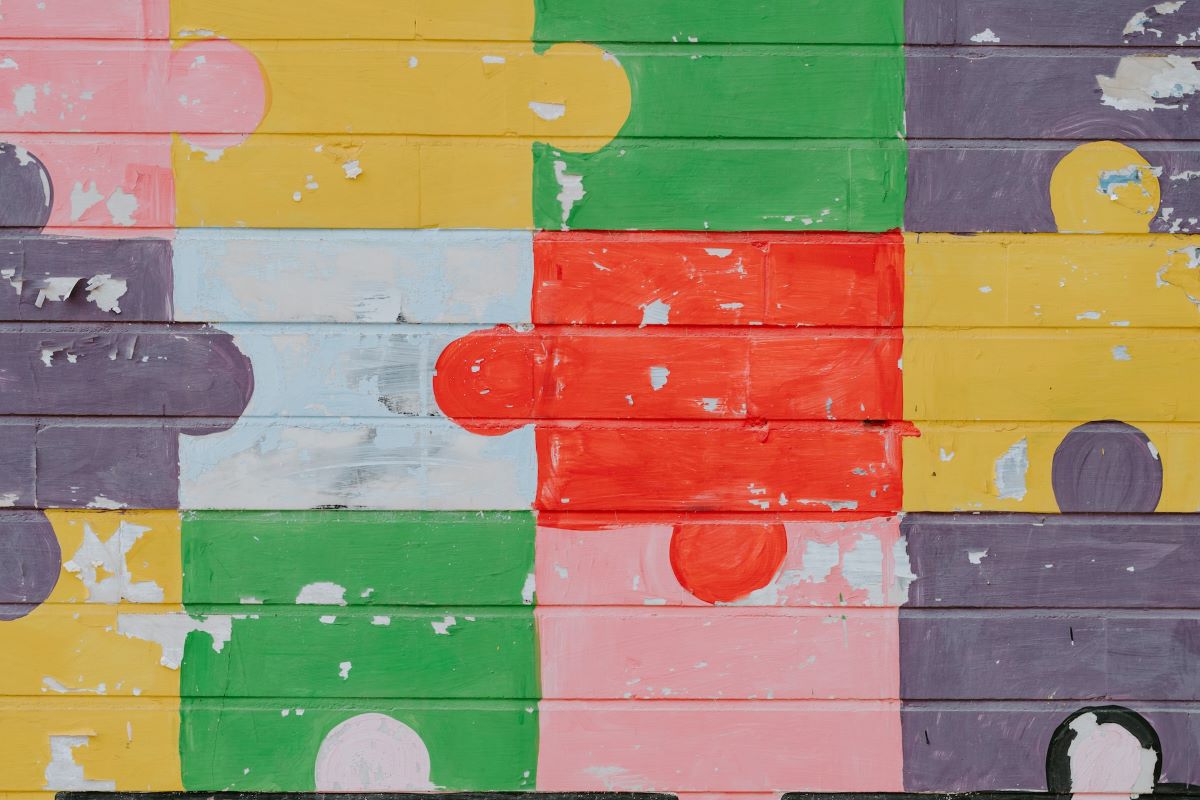
Photo: Ashkan Forouzani
How can R&D address regional inequality?
In a new report, Katy Shaw explores how incentivising and investing in cross-sector co-creation can create a new culture as well as generating economic and social value for hard-to-reach communities across the UK.
Our new report – By All, For All: The Power of Partnership – profiles the range and scale of non-academic partners and communities that have worked with the Arts and Humanities Arts Council (AHRC) over the last ten years to create cultural opportunity and innovation. Part of the wider AHRC Creative Communities programme*, it identifies key barriers to growth and scaling up.
These include the current inequity in who is allowed to bid for funding; disempowering dynamics in collaborative research with non-academic partners; and ‘hit and run’ funding schemes that are introduced and sun-setted too quickly.
There is also a lack of cross-sector and cross-government working within the UK and between the devolved nations that prevents effective policy pollination in to collaborative R&D.
From this new evidence base, the report presents a series of policy recommendations that prioritise community engagement and cross-sector working to create a more diverse, sustainable and resilient research ecosystem that can drive economic growth and create pathways for everyone to engage in R&D.
The Creative Communities programme
A ‘creative community’ describes a place-based, cross-sector collaboration that brings together diverse partners around a shared challenge or opportunity with the aim of generating new cultural activity.
Since 2012, Creative Communities R&D has been accelerated by AHRC funding as well as by Brexit, Covid and the cost-of-living and energy crises that have necessitated closer working across sectors. Published this week, our new report maps more than a decade of Creative Communities R&D in all nations and region of the UK.
It captures the range of non-academic partners and communities involved in this delivery model and the benefits to skills and education, health and wellbeing, the environment and net zero, and civic identity and pride in place.
What emerges from the mapping is a vision for an unlocked collaborative innovation system that could offer much needed growth by using research as a lever for driving investment and bringing communities of knowledge and practice together to be more than just the sum of their parts.
The consortia model builds enhanced resilience, mitigates risk, promotes knowledge exchange and transfer, and supercharges the capacity of communities to attract inward and outward investment into their cultural ecosystem. Its model of inclusive R&D is reflective in offering a diversity of voices and perspectives and responsive in focusing on tangible outcomes and a wider context of long-term policy thinking.
Communities as researchers
This creative community model enhances capacity building and protective resilience for communities, their partner organisations and funders. It promotes the value of creativity and engagement using a business approach to create stronger more independent communities who are energised and enabled by new partnerships, connections and resources.
In doing so, creative communities offer a rare opportunity for attracting investment, promoting ownership and creating empowerment that will deliver inclusive, sustainable growth. Our report recommendations are targeted at catalysing investment, building capacity and unlocking opportunity for engagement with communities as researchers.
It also directly addresses UKRI’s strategic aim to work as a funder across an expanded research ecosystem, with communities as researchers rather than just the subjects of research.
Culture has unique potential to address inequalities
What is clear from this first evidence review is that a fundamental shift in R&D is required to achieve innovation, competitiveness and the sustainable growth and resilience the UK needs to face the unknown of a post-pandemic world.
This means supporting all regions and all partners in the R&D ecosystem equally to take part in research and to tap into their full innovation potential. It means incentivising partnership working as a signature delivery method for enhancing opportunity and delivering growth.
It also means investing in cross-sector collaborative approaches to cultures because culture has a unique potential to address spatial inequalities and unlock expertise and skills in communities up and down the UK.
In times of sustained economic pressure, it is more vital than ever that funders invest in consortia models of R&D. Partnership working opens opportunity to raise revenue, generate additionality and create growth, maximising resources.
Having skin in the game
Our report demonstrates how creative communities can strengthen capacity in place, enhance access to funding, bring new learning and data to R&D, and present a dynamic model for enabling innovation and growth.
Culture has the unique capacity to connect, create and transform community relations, aspirations and outcomes. It is the quickest lever to levelling up areas and to enhancing civic pride and identity.
If people drive decision making and outcomes, they make better decisions and create outcomes that last. The best way to get good outcomes is to empower those with most at stake. It people have skin in the game they stay longer and they care more.
To reach this goal, practitioners, funders and policy makers need to develop a better understanding of creative communities and their value – to R&D, society and the economy – and how they can be facilitated to generate growth and innovation across the whole of the UK today.
Professor Katy Shaw is Director of the AHRC Creative Communities programme at Northumbria University.
![]() www.creativecommunities.uk
www.creativecommunities.uk
![]() @ProfKatyShaw | @NorthumbriaUni | @ahrcpress
@ProfKatyShaw | @NorthumbriaUni | @ahrcpress
To read By All, For All: The Power of Partnerships and for more information on the next phases of the AHRC Creative Communities programme, please visit www.creativecommunities.uk.
*Creative Communities is funded by the Arts and Humanities Research Council UK and delivered by Northumbria University, UK.

Join the Discussion
You must be logged in to post a comment.